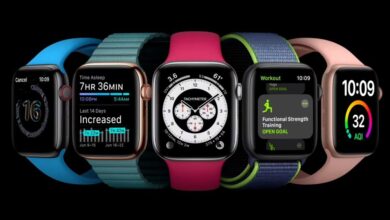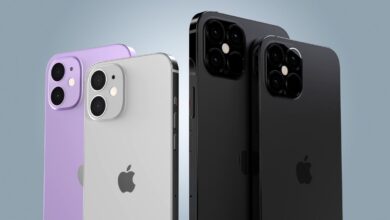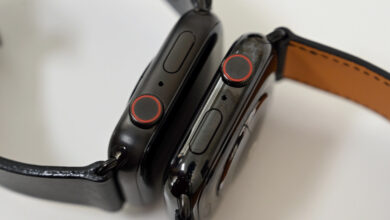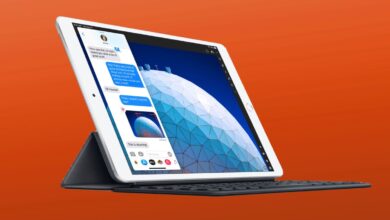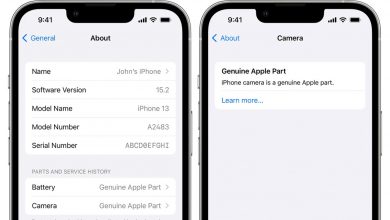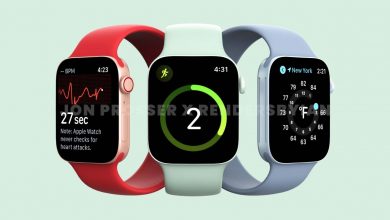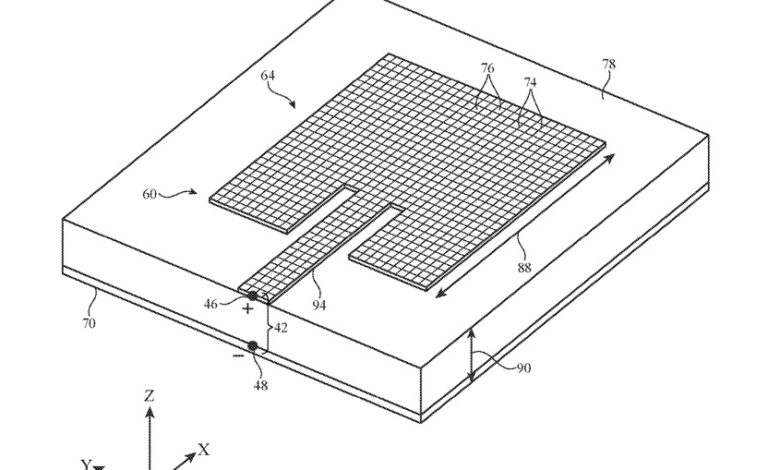
Apple is aiming to carry far better Wi-Fi and wireless connectivity to the Apple View by developing a wireless antenna array that is integrated into the display.
Apple has previously supplied the Apple Enjoy the means to shop music, and most a short while ago its possess App Keep. Now it truly is taking an additional action towards releasing the Watch from needing a companion Apple iphone, by improving its own Wi-Fi ability.
“Antennas shaped from conductive show layers,” is a newly-granted US Patent which describes altering the Watch’s entire wi-fi antenna method, and for the much better.
Given that the very initially Apple Look at, the wi-fi antenna has been a slim ingredient fitted up in opposition to the edge of the device. Positioned by the edge of the Check out, it has functioned by leveraging the seams concerning that edge and equally its entrance encounter and wellbeing-scanner back.
Which is a slim seam and the antenna has been a particularly little component inside an incredibly tightly packed chassis. The existing implementation performs, as the Apple Watch can acquire Wi-Fi or wireless networking indicators, but it is really lousy as opposed to your Iphone.
Apple has a remedy. “An antenna may well be embedded within just the display module,” suggests the patent. “The antenna may consist of an antenna resonating ingredient fashioned from a grid of intersecting conductive traces on the dielectric layer [of the screen].”
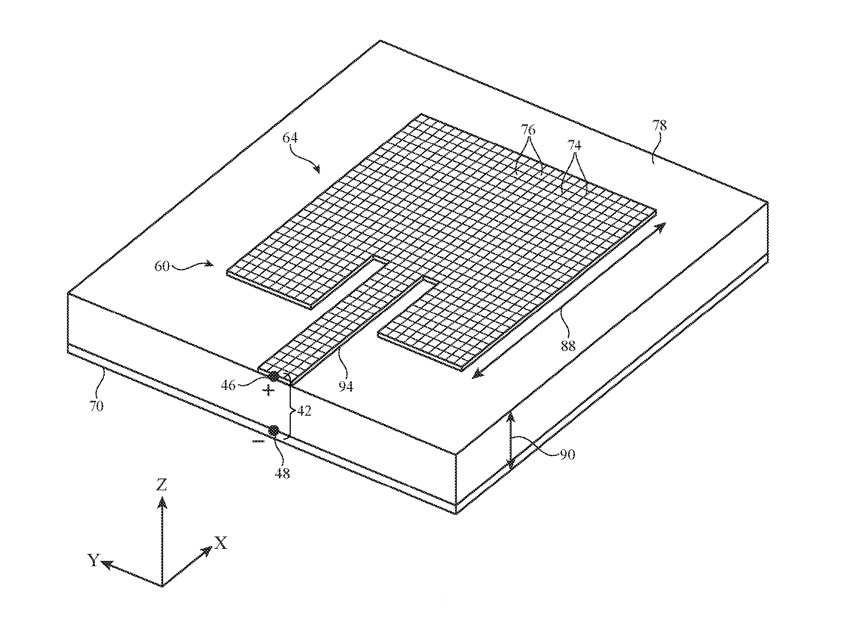
Depth from the patent showing 1 doable arrangement of a Wi-Fi antenna
So as a substitute of currently being one particular narrow aerial-like antenna, it could be a whole grid getting up aspect or presumably the complete of the display screen. Plainly, then, that would give the antenna a increased surface space, and that would enhance reception.
Even so, the Apple Watch show has to be equipped to work as that show for the person, and it should also be capable to sign-up touch from the user. Apple maintains that it could preserve carrying out both equally, and however also have this new aspect.
“[The Watch] display screen module is configured to display screen images as a result of the address layer and includes a plurality of stacked dielectric layers coupled to the protect layer,” continues the patent. “[And] the antenna is configured to transmit radio-frequency indicators through the protect layer.”
Apple’s patent is at pains to point out for the report that this technological know-how could be used to any quantity of equipment from a computer system to a watch, from an iPad to headphones. On the other hand, the detail and the diagrams all focus on the Apple Enjoy, and show different positions for the new antenna.
All those positions vary both horizontally and vertically. The drawings show probable antenna grids getting up numerous components of the display screen, and also varying numbers of layers that could be put on leading of the them.
In concept, the ideal wi-fi antenna would be a stable device atop the display and obscuring anything beneath it. That’s obviously not satisfactory, but Apple is both proposing the technologies and aiming for a sweet place in its posture underneath the display screen.
When the patent avoids specifying genuine figures for how substantially far better Wi-Fi reception could be, dependent on the antenna’s place, it does offer a “basically illustrative” instance chart exhibiting comparative antenna efficiency.
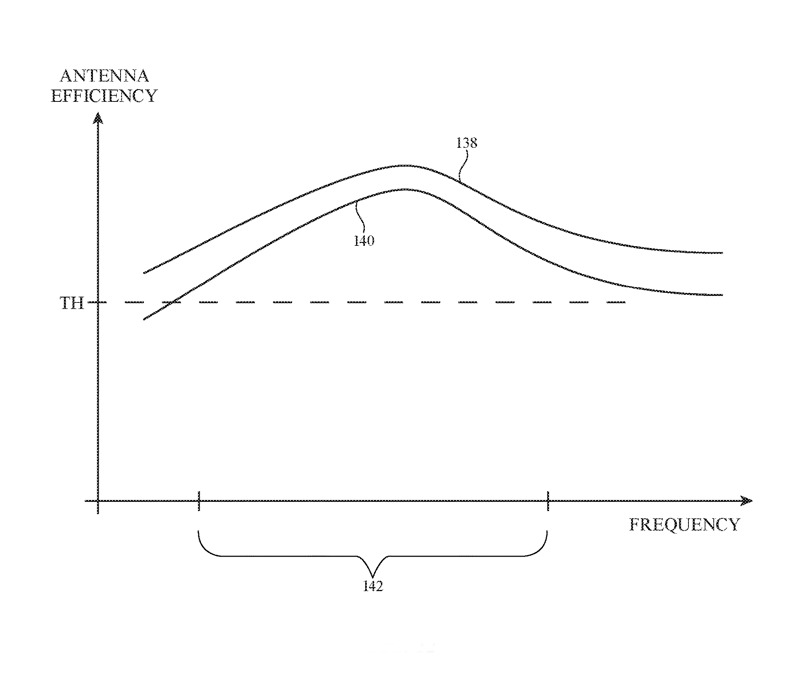
Element from the patent exhibiting an “illustrative instance” of effectiveness
“[The top curve marked 138] plots the antenna efficiency of an antenna acquiring an antenna resonating component shaped from a solid conductor,” says the patent. “[The lower curve marked 140] plots the antenna efficiency of… a resonating aspect shaped working with [a] grid.”
The patent notes that a grid “marginally reduces the antenna effectiveness” but notes that it “nonetheless displays a satisfactory antenna effectiveness.”
Whilst Apple data files for and obtains a lot of patents, it is not certain that any will consequence in future products or attributes. On the other hand, the forthcoming Apple Look at Series 6 has separately been rumored to contain far better wi-fi connectivity and it’s doable that this is how Apple will attain that.
This patent is credited to five inventors, Siwen Yong, Yi Jiang, Wu Jiangfeng, Lijun Zhang, and Mattia Pascolini. Each of the 5 have many preceding patents in related areas, which includes “Antennas in patterned conductive levels,” which is credited to all of them.
